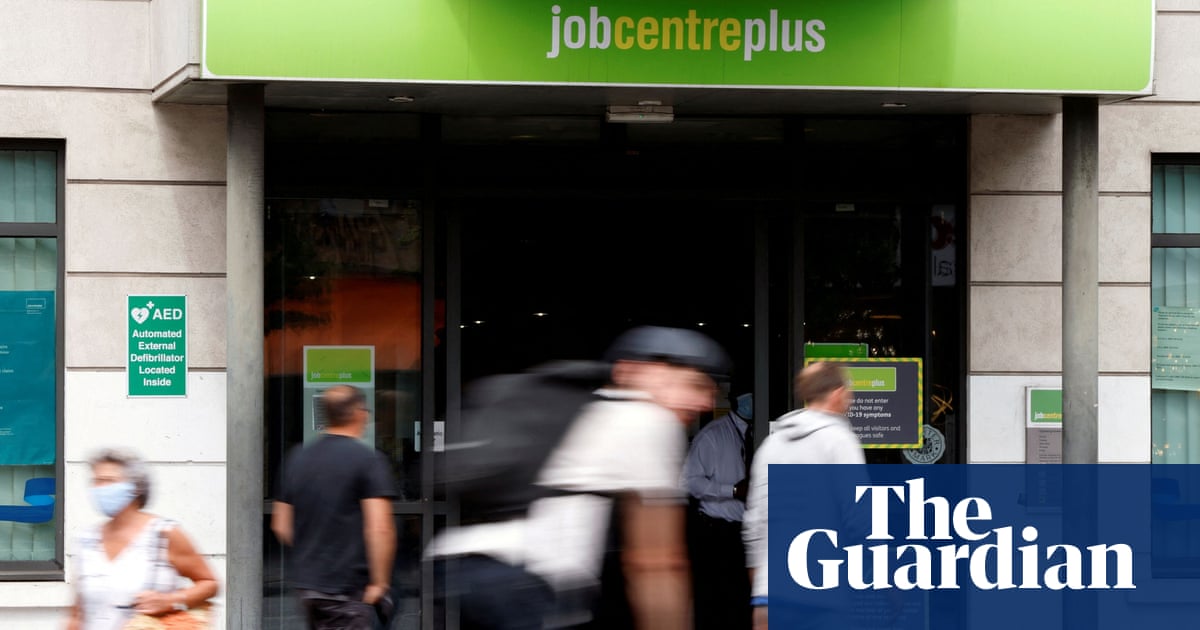
The number of people unemployed in the UK rose by 138,000 in the three months to April amid growing signs of a weaker jobs market.
In the last set of labour market figures before the general election, the Office for National Statistics said employment and job vacancies were down and joblessness had increased.
The ONS said the jobless rate rose from 4.3% to 4.4%, the fourth increase in a row and the highest level since September 2021.
Meanwhile, the number of people not working because of long term ill-health was up by 55,000 to 2.83 million – a fresh record.
Despite the near 10% increase in the national minimum wage, which affected more than 3 million workers, there was also tentative evidence that pay growth may have peaked.
Annual growth in average earnings in the three months to April was 5.9% for all workers, unchanged on the three months to March, while for the private sector the growth rate eased from 6.1% to 5.8%.
In April alone, earnings overall were 5.5% up on the same month in 2023, compared with 6.4% in the year to March. In the private sector, the annual increase was 5% in April, down from 6.8% in the year to March.
Pay in real terms is rising because wages are rising faster than the annual inflation rate, which stood at 2.3% in April.
Yael Selfin, the chief economist at KPMG UK, said: “The unemployment rate ticked up to 4.4%. The recent weakening in demand for staff has been attributed to a lack of roles and firms delaying hiring decisions. This is consistent with a broader trend of retaining existing labour, and could signal that firms expect a pickup in activity so that they could utilise their existing staff more.”
The ONS said the number of job vacancies had continued to fall, with the number of unfilled posts dropping by 12,000 to 904,000 in the three months to May.
after newsletter promotion
Using data provided by HMRC, the ONS said its early estimate for May showed the number of employees falling by 3,000, although the total was 167,000 up on a year earlier.
Stephen Evans, the chief executive at the Learning and Work Institute, said: “The last labour market stats before the election show a further drop in employment and rise in economic inactivity. Some 3.2 million people are out of work but want a job: the next government needs to widen employment support to all who want to work, given today only one in 10 out-of-work disabled people get help to find work each year.
“Average earnings are rising in real terms as inflation falls but are a staggering £12,000 a year below what they’d be on pre-financial crisis trends. This shows the scale of catch-up needed in the years ahead.”
Liz Kendall, the shadow work and pensions secretary, said: “Today’s figures confirm that the Tories have no hiding place after 14 years of abject failure. Labour’s plan will get Britain working by cutting NHS waiting lists, introducing a new national jobs and careers service, making work pay and supporting people into good jobs across every part of the country. It’s time to stop the chaos, turn the page and start rebuilding Britain.”
Source: theguardian.com


















